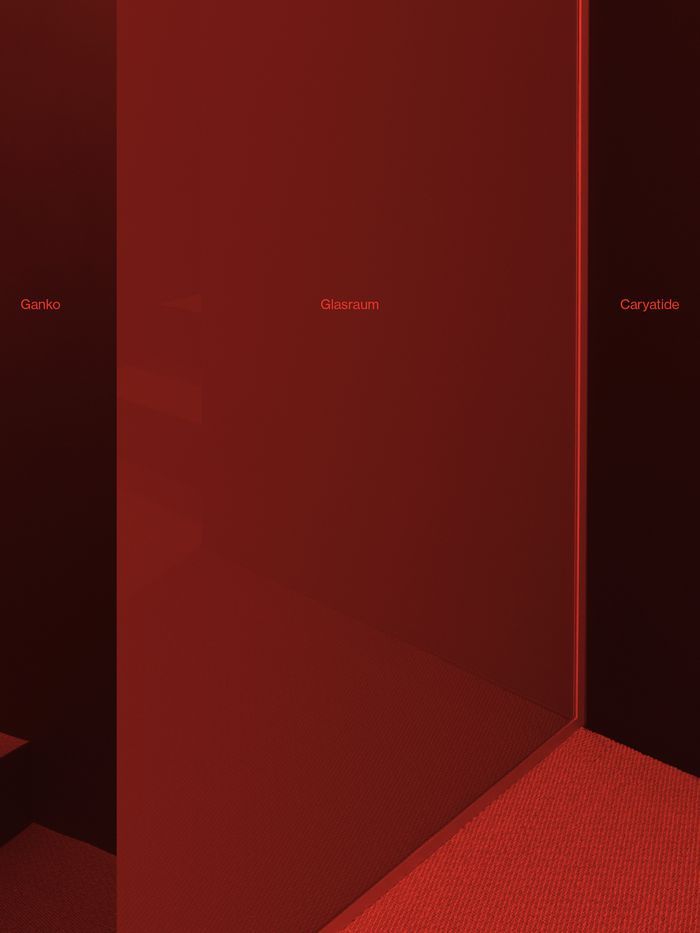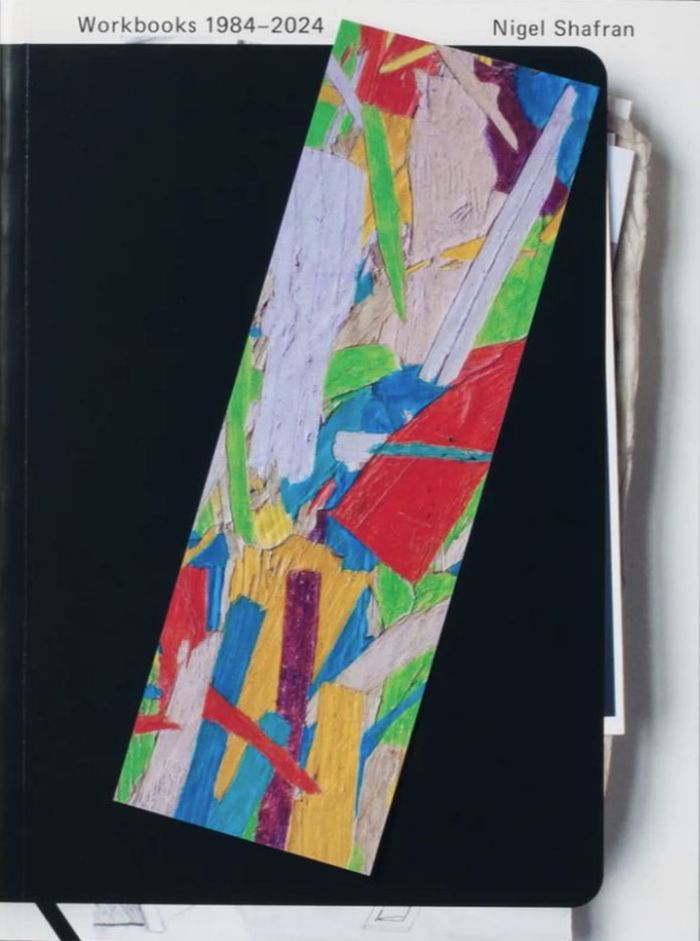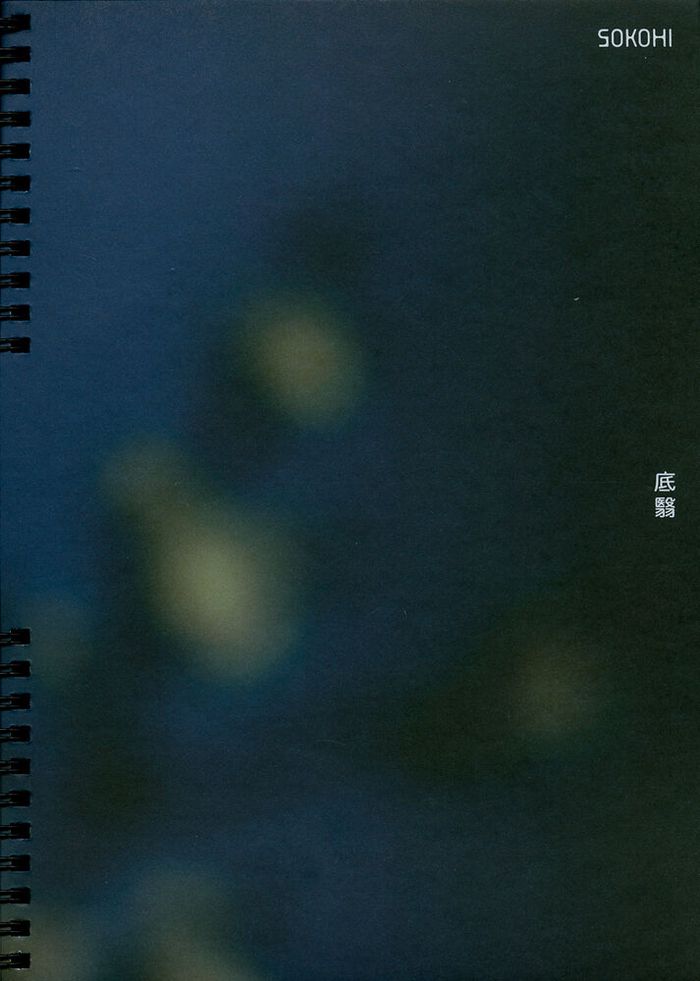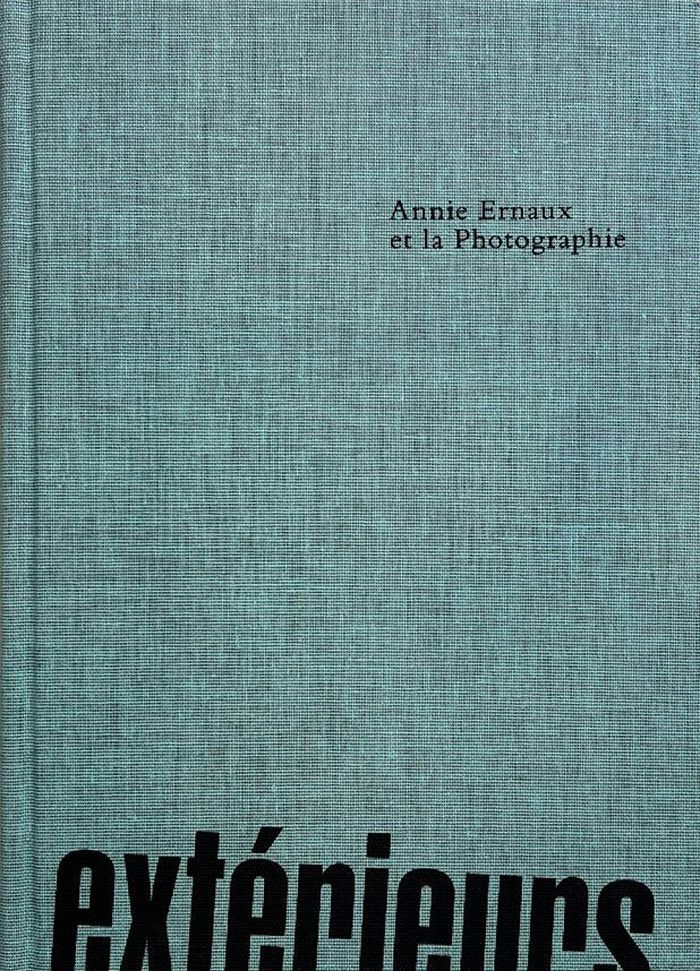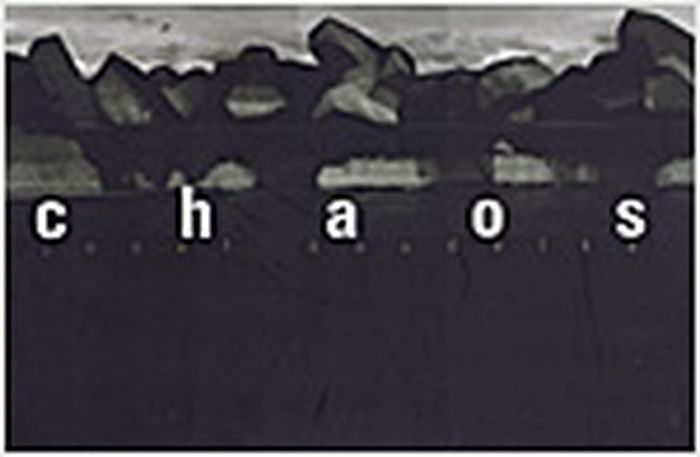$49.95
(disponible en magasin)
Résumé:
"Glasraum" is the result of a collaboration in the fields of architecture and photography. Set within the interiors of a remodelled office by Ganko, with pictures by Louis De Belle, the book occupies a liminal state between documentation and composition. Favouring a certain classicism in the strand of the modern tradition both authors identify with, Glasraum explores the(...)
mai 2024
Ganko, Louis De Belle: Glasraum
Actions:
Prix:
$49.95
(disponible en magasin)
Résumé:
"Glasraum" is the result of a collaboration in the fields of architecture and photography. Set within the interiors of a remodelled office by Ganko, with pictures by Louis De Belle, the book occupies a liminal state between documentation and composition. Favouring a certain classicism in the strand of the modern tradition both authors identify with, Glasraum explores the deliberate ambiguities embedded in a seemingly aloof approach to the construction of both space and image.
Nigel Shafran: Workbooks
$95.00
(disponible en magasin)
Résumé:
''Workbooks'' is an extensive book that gathers together a creative lifetime of collecting, imagining, sketching and recording by British artist Nigel Shafran from 1984-2024. Below, writer David Chandler reflects on Shafran's Workbooks. ''These working documents are informal books, but, partly in preparation for decisions that will later define the actual(...)
Nigel Shafran: Workbooks
Actions:
Prix:
$95.00
(disponible en magasin)
Résumé:
''Workbooks'' is an extensive book that gathers together a creative lifetime of collecting, imagining, sketching and recording by British artist Nigel Shafran from 1984-2024. Below, writer David Chandler reflects on Shafran's Workbooks. ''These working documents are informal books, but, partly in preparation for decisions that will later define the actual publications, they are carefully assembled and richly embellished. Each is filled with drawings, notes and bits of everyday ephemera as well as photographs, and each has a particular aesthetic, with an easy feeling for material craft as well as visual simplicity and clarity that is characteristic of Shafran’s intuitive organising principles and his entire working process''.
Monographies photo
Rahim Fortune: Hardtack
$98.95
(disponible sur commande)
Résumé:
Flour, water, and salt. These are the sole ingredients that make Hardtack: a Civil War-era food long-associated with survivalism, land migration, and its extremely long shelf life. Drawing from this history as a metaphor for the long-enduring nature of Black culture and traditions, Hardtack uncovers the roots that tie Fortune's native landscape to the conflicts and(...)
Rahim Fortune: Hardtack
Actions:
Prix:
$98.95
(disponible sur commande)
Résumé:
Flour, water, and salt. These are the sole ingredients that make Hardtack: a Civil War-era food long-associated with survivalism, land migration, and its extremely long shelf life. Drawing from this history as a metaphor for the long-enduring nature of Black culture and traditions, Hardtack uncovers the roots that tie Fortune's native landscape to the conflicts and nuances associated with the post-emancipation Americas. In the follow-up to his breakout monograph I can't stand to see you cry, Fortune borrows from the language of vernacular and archival photography to interrogate the historical relationship of his community to photography; rooted in the landscape, Fortune often uses sites of historical and cultural interest as a guide but not a subject, implying the deep ties that bind modern Black communities resiliently to their regions, in the face of both adversity and joy.
Monographies photo
$80.00
(disponible en magasin)
Résumé:
In ''Relative Moments'', Deanna Dikeman chronicles ordinary moments of her family’s activities. From gardening to cutting cake, from filling up the bird bath to mending a piece of clothing, from mowing the lawn to picking rhubarb, one gets to discover an everyday that might otherwise go unnoticed. In this book, which was generously edited and sequenced — 200 photographs(...)
Deanna Dikeman: Relative moments
Actions:
Prix:
$80.00
(disponible en magasin)
Résumé:
In ''Relative Moments'', Deanna Dikeman chronicles ordinary moments of her family’s activities. From gardening to cutting cake, from filling up the bird bath to mending a piece of clothing, from mowing the lawn to picking rhubarb, one gets to discover an everyday that might otherwise go unnoticed. In this book, which was generously edited and sequenced — 200 photographs in total — one is not only meant to see the moment shot in one photograph, but all the moments that compose the story. This project captures a visual history of the photographer family’s life, yet, there is an ongoing narrative embedded in these photographs that conveys larger, more universal truths about American culture, familiarity, and the endless source of everyday wonder that surrounds us.
Monographies photo
Moe Suzuki: Sokohi
$45.00
(disponible en magasin)
Résumé:
As her father gradually loses his sight due to glaucoma, artist Moe Suzuki begins to document the daily life they share together. The resulting images are mixed with photographs from the family archive, as well as those taken by her father. Through these images, Moe Suzuki attempts to show what sighted people can see but her father cannot, and to imagine what her father(...)
Moe Suzuki: Sokohi
Actions:
Prix:
$45.00
(disponible en magasin)
Résumé:
As her father gradually loses his sight due to glaucoma, artist Moe Suzuki begins to document the daily life they share together. The resulting images are mixed with photographs from the family archive, as well as those taken by her father. Through these images, Moe Suzuki attempts to show what sighted people can see but her father cannot, and to imagine what her father sees but others cannot.
Monographies photo
$55.00
(disponible sur commande)
Résumé:
''Extérieurs. Annie Ernaux et Photographie'' rassemble les écrits célèbres d'Annie Ernaux, lauréate du prix Nobel de littérature, avec des photographies de la collection de la Maison Européenne de la Photographie par des photographes tels que Harry Callahan, Claude Dityvon, Dolorès Marat, Daido Moriyama, Janine Niépce, Issei Suda, Henry Wessel et Bernard Pierre(...)
Extérieurs. Annie Ernaux et la photographie
Actions:
Prix:
$55.00
(disponible sur commande)
Résumé:
''Extérieurs. Annie Ernaux et Photographie'' rassemble les écrits célèbres d'Annie Ernaux, lauréate du prix Nobel de littérature, avec des photographies de la collection de la Maison Européenne de la Photographie par des photographes tels que Harry Callahan, Claude Dityvon, Dolorès Marat, Daido Moriyama, Janine Niépce, Issei Suda, Henry Wessel et Bernard Pierre Wolff. Reprenant la démarche artistique unique d'Ernaux consistant à "décrire la réalité comme à travers les yeux d'un photographe et à préserver le mystère et l'opacité des vies que j'ai rencontrées", ce projet de l'écrivaine et commissaire d'exposition Lou Stoppard dévoile les manières profondes dont l'image écrite et visuelle peuvent s'informer et s'infléchir mutuellement. Ce faisant, il propose une nouvelle façon de penser la littérature et la photographie, et la manière dont des thèmes communs - tels que la classe sociale, le voyage, les stéréotypes sociaux et l'identité individuelle dans l'environnement urbain moderne - peuvent être explorés entre ces deux formes d'art.
Monographies photo
Eye of Yukio Futagawa
$61.50
(disponible en magasin)
Résumé:
The series "Eye of Yukio Futagawa," which was published in "GA JAPAN" from 2014 for three years, has been compiled into a B4-sized book on the occasion of the 10 years of his passing. This book traces the life of Futagawa Yukio, a publisher, photographer, and editor, through photographs and the voices of 17 architects, historians, and designers. Japanese only.
Eye of Yukio Futagawa
Actions:
Prix:
$61.50
(disponible en magasin)
Résumé:
The series "Eye of Yukio Futagawa," which was published in "GA JAPAN" from 2014 for three years, has been compiled into a B4-sized book on the occasion of the 10 years of his passing. This book traces the life of Futagawa Yukio, a publisher, photographer, and editor, through photographs and the voices of 17 architects, historians, and designers. Japanese only.
Monographies photo
Josef Kouldelka : chaos
$99.95
(disponible sur commande)
Résumé:
Josef Koudelka is one of the most critically successful documentary photographers of our time and a key figure among the Magnum group. "Chaos" features the best of his panoramic photographs, shot over the last twelve years, which wrench a visual order out of chaos and dereliction.
Josef Kouldelka : chaos
Actions:
Prix:
$99.95
(disponible sur commande)
Résumé:
Josef Koudelka is one of the most critically successful documentary photographers of our time and a key figure among the Magnum group. "Chaos" features the best of his panoramic photographs, shot over the last twelve years, which wrench a visual order out of chaos and dereliction.
Monographies photo
livres
$89.95
(disponible sur commande)
Résumé:
"Isolated Houses" focuses on the outer frontier of Los Angeles where, 150 miles beyond the city, the built environment comprises a handful of rudimentary structures. The dwellings that dot the landscape seem temporary, even toylike. The work pays homage to those places where nature and culture intersect.
Isolated houses : John Divola
Actions:
Prix:
$89.95
(disponible sur commande)
Résumé:
"Isolated Houses" focuses on the outer frontier of Los Angeles where, 150 miles beyond the city, the built environment comprises a handful of rudimentary structures. The dwellings that dot the landscape seem temporary, even toylike. The work pays homage to those places where nature and culture intersect.
livres
janvier 2000, Tucson
Monographies photo
livres
$64.00
(disponible sur commande)
Résumé:
Julius Shulman's long career photographing great architectural works with depth, passion, drama, and an instinct for the architect's intentions has ensured his present status as one of the world's preeminent architectural photographers. His eloquent photos interpreting the structures of Richard Neutra and(...)
Photographing architecture and interiors
Actions:
Prix:
$64.00
(disponible sur commande)
Résumé:
Julius Shulman's long career photographing great architectural works with depth, passion, drama, and an instinct for the architect's intentions has ensured his present status as one of the world's preeminent architectural photographers. His eloquent photos interpreting the structures of Richard Neutra and other early modernists helped the viewing public to understand these revolutionary buildings, and brought prominence to modernist practitioners who might otherwise have been considered eccentric. Frank Lloyd Wright once said that no better photos had ever been taken of Taliesin West than those by Shulman. "Photographing Architecture and Interiors", published in 1962, is Shulman's first book, and he still considers it to be his most genuine reflection on the profession and on his own artistic philosophy. This title is an exact reprint of that classic publication. All of Shulman's famous photographs have here been reproduced from original prints, giving the images a crispness and luminosity not seen even in the 1962 edition. The introduction by Richard Neutra, perhaps Shulman's most important client and avid supporter, has been preserved; also included is a new foreword by Shulman.
livres
mai 2000, Los Angeles
Monographies photo
